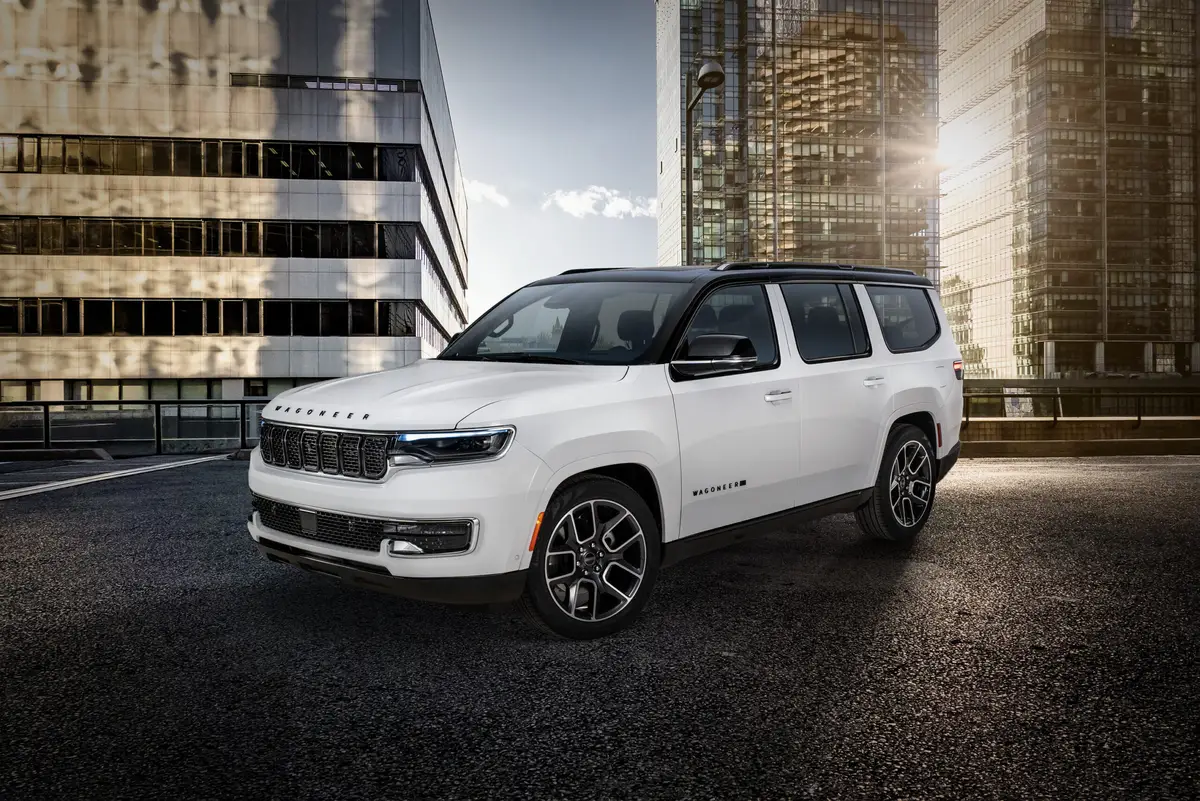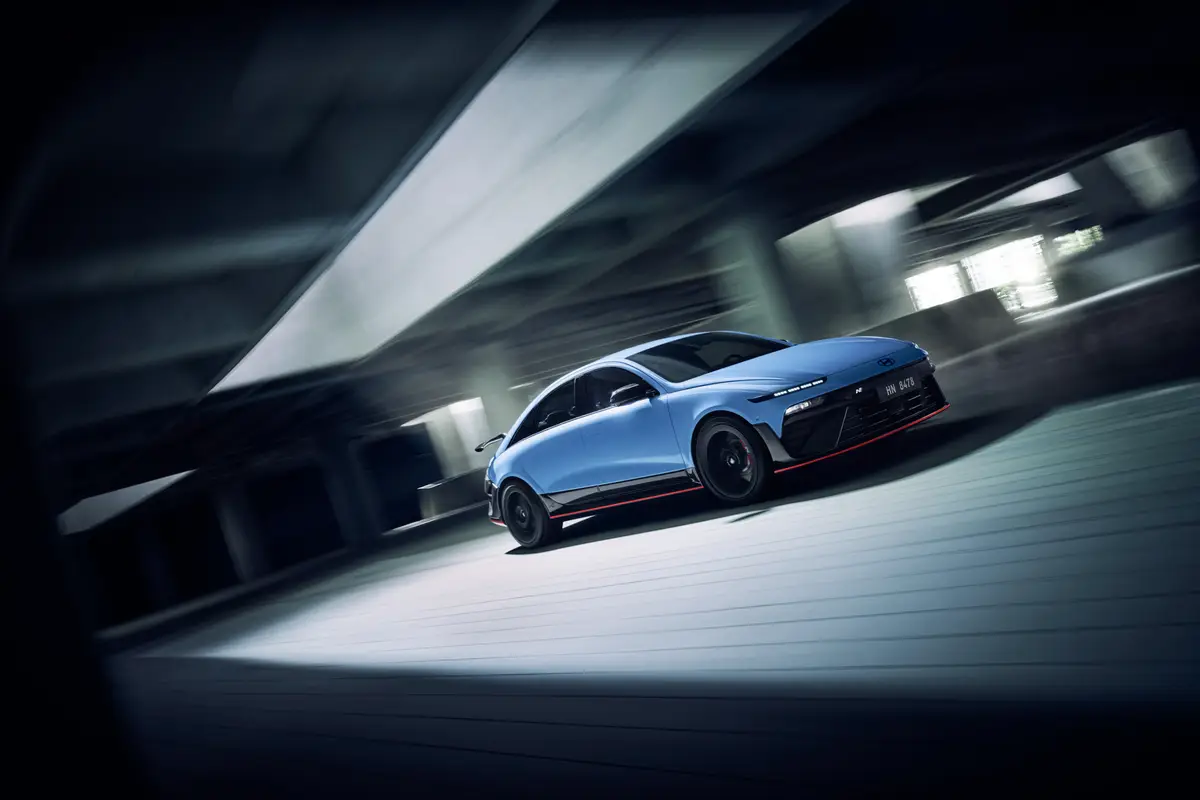chicagotribune.com's view
Even the top-seller in the segment needs to change once in a while to remain in that lofty position.
That’s why, for 2006, Ford performed surgery on its midsize Explorer sport-utility, the No. 1 selling SUV for 15 years.
Ford has given Explorer a major facelift, longer and wider dimensions and a new engine and transmission that delivers more power yet higher mileage.
It also added a few new features, such as a power folding third-row seat, navigation system and a seat sensor that detects the driver’s distance from the steering wheel to determine deployment speed of the air bag to keep those sitting close from getting slapped by it.
The ’06 Explorer is offered in XLS, XLT, Limited and Eddie Bauer editions. Each sports a different grille.
We tested the XLT with a grille that pays homage to the god of chrome. The rocker panels are the requisite plastic. But, though dull compared with chrome, they do their job of warding off road debris. Still, it’s easy to recognize the Explorer heritage.
More important than the design, length has been increased nearly 4 inches and width by nearly 2.
Inside, the added length means more legroom between second- and third-row seats and a little more cargo space; the added width provides legs, hips, shoulders and arms breathing space.
The third row can hold a couple adults, who will find knee room a bit tight but head room surprisingly ample.
To get to the third row, either of the second-row seats flip forward with a pull of a strap. It creates an adequate, if not spacious, aisle.
Outside, longer and wider mean better road manners, particularly with the standard 17-inch radial tires and a stiffer frame. The suspension also was tuned to reduce road noise filtering into the cabin.
The package eliminates a lot of those annoying stings transmitted back to the steering wheel and seat-bottom cushion when traveling over less than even pavement. Ride is noticeably smoother, handling a little sharper, steering response more predictable.
Explorer had been powered by a 4.6-liter, 16-valve V-8, but for ’06 offers a 4.6-liter, 24-valve V-8, a retuned version of the V-8 in Mustang. It boasts 292 horsepower, up from 239 h.p., and delivers more low-end torque for quicker movement off the line. Though Explorer tips the scales at about 4,000 pounds, about the same as its predecessor, you don’t feel the weight in the wheel.
Another benefit is that fuel economy rises to 16 m.p.g. city and 20 m.p.g. highway, which isn’t going to earn Explorer any honors in the government mileage ratings but is a lot better than the 14/18 with the old V-8.
The V-8 is teamed with a new 6-speed automatic developed in cooperation with General Motors. It replaces the 5-speed. And for the first time, the shift lever is in the center console, not on the column.
The 4.6-liter V-8 answers the call to move with more authority than the old version, and does so more quietly.
It would be even better if Ford offered 4 cylinders that shut down when not needed to conserve fuel like GM and Chrysler do in selected cars and trucks, or gas/electric power like Toyota does in its Highlander and Lexus RX400h midsize sport-utes.
Bill Ford recently promised a tenfold increase in the number of hybrid offerings by 2010, which is expected to include Explorer. But that’s 2010 and this is 2005 and waiting five years to save a few bucks on gas seems like a long time, don’t you think?
While Explorer has been available with three rows of seats since 2002, there’s a twist for ’06.
Explorer borrows the power third-row seat feature from the Expedition that allows you to lower the seat backs flat to add cargo space by pressing a button rather than pulling and folding. And rather than pull the seat backs up again, press the button and they lift.
Three rows of seats are an $845 option in the XLT, Limited and Eddie Bauer. Power third-row seats are an $1,340 option in only the Eddie Bauer and Limited editions.
Third-row seats feature split backs for the first time so you can lower one or both. And when the seats are not occupied, second- and third-row headrests flip forward to keep from blocking the rear view.
Another noteworthy improvement is that the driver’s seat comes with a sensor that detects how close or far you are from the steering wheel and its air bag. The closer you are, the lower the deployment speed to prevent injury. If a short person is going to pilot this vessel, it would be wise to add the optional ($120) power pedals. They bring gas and brake pedals to you so you can stay farther from the bag.
The passenger-side bag also comes with sensors to regulate deployment force based on the weight of the occupant.
As with the 2005 model, Explorer comes with AdvanceTrac with roll stability control, a stability control/traction control system to prevent skidding or slipping that uses a sensor to keep the vehicle on an even plane when it detects you’ve attempted too sharp a turn and start to tip.
You can add a safety canopy system for $560 that keeps the side-curtain air bags deployed for several seconds if your vehicle rolls over.
We tested the XLT in 4×4 mode. Push a dash button for four-wheel high or low or four-wheel automatic, which operates in two-wheel-drive until the system detects the need to switch to 4WD.
Explorer also comes with Beltminder, the chimes that continue to blare until you buckle up. Though annoying, or maybe because they are annoying, seat-belt usage is up 5 percent in Ford vehicles with the system, according to the carmaker’s research.
The National Highway Traffic Safety Administration even is considering requiring Beltminder industry-wide in the future.
Base price of the ’06 Ford Explorer XLT 4×4 tested is $31,650.
Standard equipment includes air conditioning, power driver’s seat/windows/door locks/mirrors (which also fold); AM/FM stereo with single CD player and MP3 player; anti-lock brakes and cruise control.
As is common with Ford, there are lots of options to run up the price, such as the safety canopy, power pedals, power third-row seat, power moonroof ($850); rear-seat DVD entertainment system ($1,295); and rear-seat climate control ($650).
One major gripe is that there were no lights to make the radio controls visible at night. Ford insists this was a glitch on a pre-production model that won’t happen on production models. We’ll be watching.
– – –
2006 Ford Explorer XLT 4×4
Price as tested: $37,830
WHEELBASE: 113.7 inches
LENGTH: 193.4 inches
ENGINE: 4.6-liter, 292-h.p V-8
TRANSMISSION: 6-speed automatic
CITY 16 m.p.g.
HWY 20 m.p.g.
THE STICKER
$31,650 Base
$560 Safety canopy with side-curtain air bags that stay deployed in a rollover
$850 Power moonroof
$150 Trailer towing package
$510 Audiophile system with six-disc CD player and MP3 capability
$120 Power adjustable pedals
$650 Auxiliary climate control
$255 Reverse sensing system
$845 Fold-flat third-row seat
$695 Front buckets with leather
$1,295 Rear-seat DVD entertainment system
$250 convenience group with auto dimming mirror and automatic headlights.
Add $645 for freight.
PLUSES
– Redesign with longer, wider dimensions for more cabin comfort and suspension tuning for improved ride, handling and quiet.
– More powerful V-8 yet mileage went up 2 m.p.g.
– New driver’s seat sensor controls deployment speed of air bag based on occupant’s proximity to steering wheel.
– Power third row seat available.
MINUSES
– No lights for radio control at night.
– Lots of options to run up the price.
– Could use hybrid power to improve mileage.
———-
Read Jim Mateja Sunday in Transportation and Wednesday and Friday in Business. Hear him on WBBM Newsradio 780 at 6:22 p.m. Wednesdays and 11:22 a.m. Sundays.
jmateja@tribune.com
Latest news



